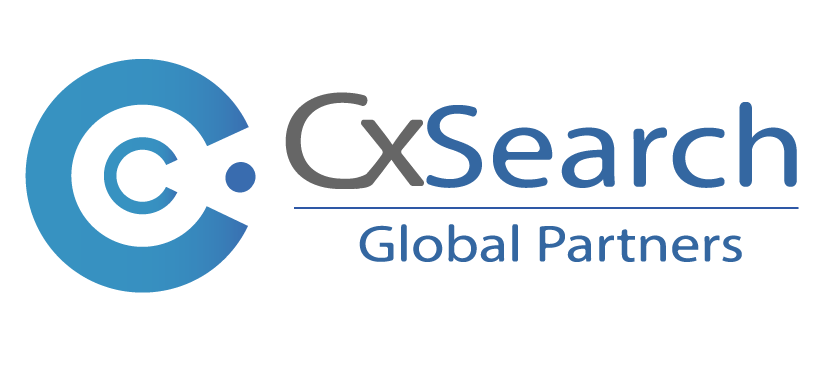Make Mindfulness Work for You
Uncategorized
| The benefits of mindfulness are well documented. But if you haven’t yet built your mindfulness muscle, how—and when—should you start? To determine the best time to integrate mindfulness into your workday, take notice of when you tend to be the most stressed out. Once you’ve identified the time, place, or even person that tends to trigger your stress, build a habit of mindfulness to strategically address those moments in your day. You might carve out 10 minutes to focus on your breathing or imagine sending kindness and goodwill to others. Beyond those predictable, routine triggers, pay attention to one-off events where mindfulness could help you stay centered, focused, and calm—high-pressure moments when your goal is to generate new ideas, or when the public spotlight is brightest (the launch of a challenging project, a public presentation, or a major sales call, for example). Most importantly, remember that mindfulness is a deeply personal experience. We all react differently to these practices, so it’s important to leave room to experiment and adapt to whatever works best for you. Whether you prefer to simply take some deep breaths, focus on feeling your feet on the ground, visualize positive intention, or engage in any other type of meditative activity, it’s critical for you to identify and practice mindfulness in a way that will be most effective for your unique role, routine, and mind. |
| This tip is adapted from “Research: When Mindfulness Does—and Doesn’t—Help at Work,” by Lindsey Cameron and Andrew Hafenbrack |


